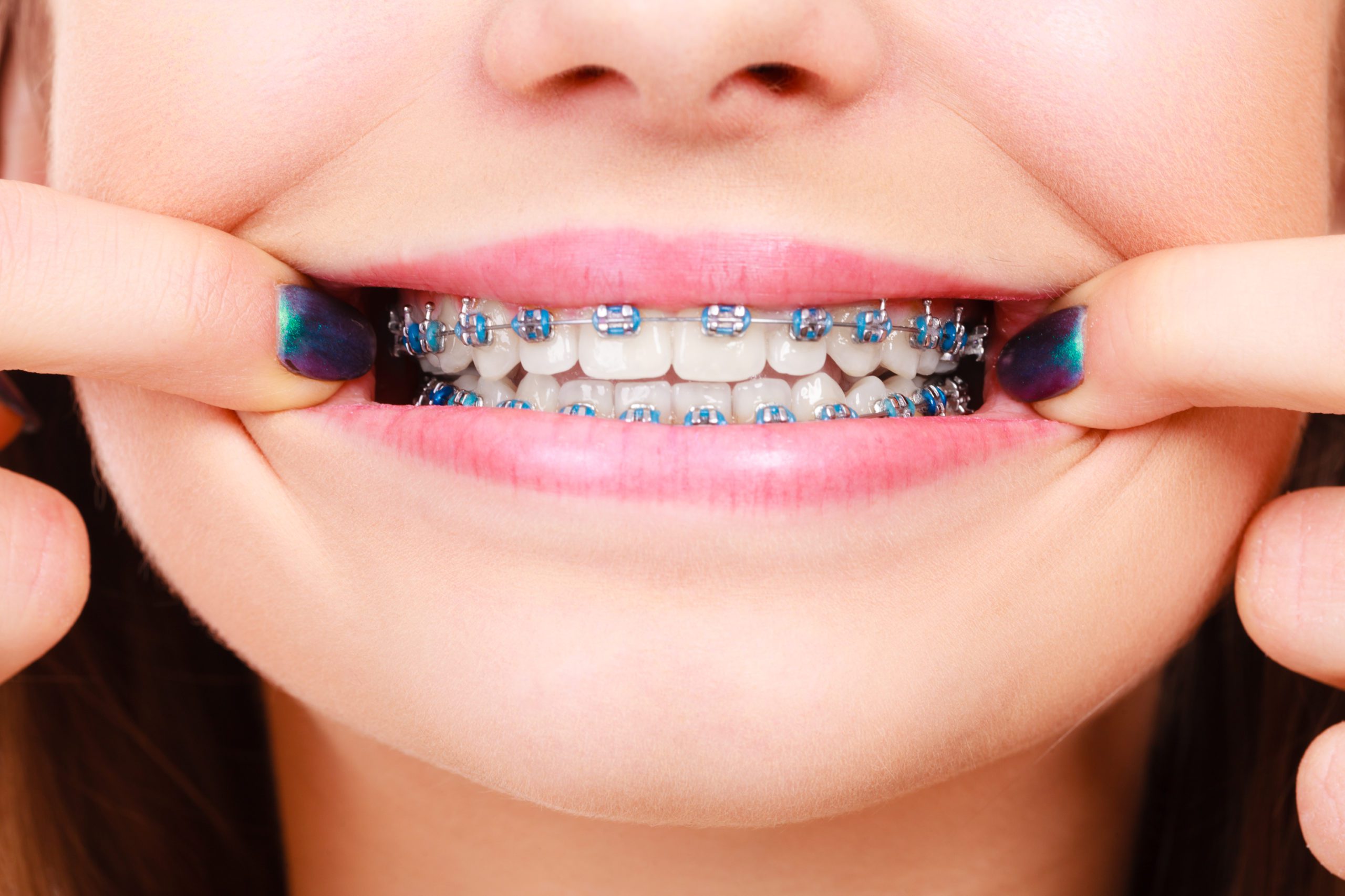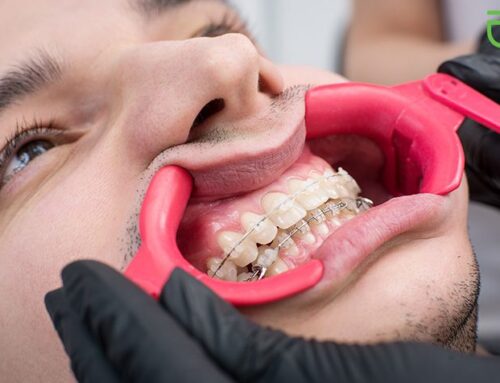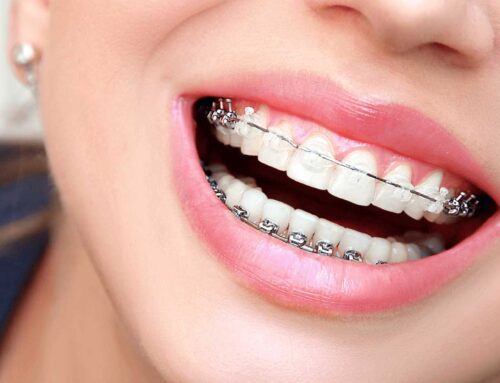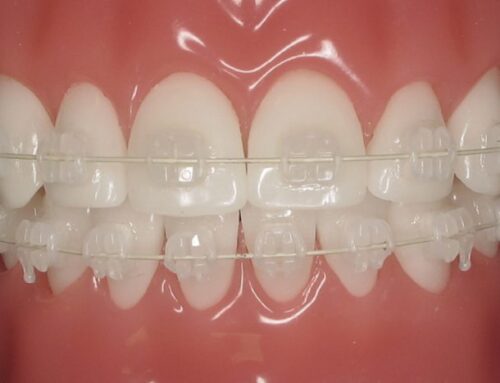Understanding How Fast Braces Work to Achieve Great Results in Less Time
Orthodontics are the best way to solve many types of dental health issues that can occur due to misaligned teeth, but the treatments do take time to work their magic. Let’s explore how fast braces shorten this time for many patients.
In a perfect world, we’d all have beautifully aligned teeth and an ideal bite pattern that would never change. Sadly, this is definitely not the reality we actually live in. There are many reasons why our teeth may not be 100% aligned, such as irregular loss of baby teeth as we mature, the emergence of wisdom teeth, nighttime teeth grinding, and many other factors. Fortunately, modern dentistry allows us to address these issues effectively through orthodontic treatments using braces.
While you may already be familiar with traditional styles of metal braces that are quite common, there are actually many different styles of braces that can be used to straighten teeth, each with their own unique characteristics and advantages in certain situations. Depending on the specifics of the case of the individual patient, and taking into account their personal preferences, the orthodontist may prefer or recommend some types of braces over others.
One of the most common concerns orthodontic patients have about the process is the overall time needed in order to achieve the final results. In most cases, braces treatments can take an average of 12 months to 18 months, with some more extensive cases requiring up to 24 months or possibly even more. In light of this, it’s understandable why some patients may be particularly apprehensive about committing to orthodontics. However, advancements in modern orthodontics have allowed timelines to be shortened and results to become even better than ever. In particular, the advent of Fast Braces technology has significantly reduced treatment times for many patients.
Before we get to the specifics of what makes Fast Braces so fast, it’s important to clearly explain how modern braces work to shift the positions of the teeth in a patient’s jaw. It’s actually a bit more complex than you may expect.
How Do Braces Work?
Modern braces generally consist of four different components; brackets, bands, wires, and ligatures.
Brackets – brackets are small metal appliances that are affixed to each tooth with a strong dental adhesive. Brackets provide the secure base foundation for connecting the other components of the braces together.
Bands – bands are metal rings with a bracket attached directly to them that are generally used only on back molars or on teeth that are difficult to treat with brackets alone. Nevertheless they serve the same basic purpose as brackets.
Arch Wires – these thin metal wires run contiguously from one bracket to the next, connecting them all together. Wires are shaped specifically for each of the patients’ arches (top jaw and bottom jaw), which will be adjusted at regular intervals in order to gradually move each individual tooth into the desired positions.
Ligatures – ligatures are essentially just small, firm rubber bands that are fixed on top of the wires and brackets, securely holding the wires in place and keeping everything properly connected. At each adjustment checkup, the ligatures are often removed and replaced along with the new wires. Ligatures are commonly available in a variety of colours, from subtle natural shades to bright and vibrant hues, allowing the patient to add some personalization to the appearance of their braces.
Once all these components are in place, they will exert a gentle but constant pressure on each of the teeth in the jaw. This pressure causes the teeth to slowly shift position, realigning them and correcting any spacing issues or bite problems that were identified prior to the start of the treatment. The braces will be adjusted at appointments set at regular intervals, which are typically once per month. This is in order to maintain the necessary rate of change, and keep everything moving in the right direction, until the treatment has been completed and the teeth are resting in their final ideal locations.
So, if those are the basics on what traditional braces are all about, how are fast braces different? Let’s find out!
What Makes Fast Braces Different?
Visually, you may not notice anything different between a patient wearing traditional metal braces and someone with fast braces. Of course, what you don’t see on the surface is what makes fast braces so different. The brackets, wires, and bands used in fast braces feature slightly different shapes and structural designs which help to speed up the movement of the teeth while using a similar amount of pressure to what is applied with traditional braces. This means the teeth move more efficiently while maintaining a similar level of comfort from the patient.
In addition to the technical design differences in the brackets, wires and bands, orthodontics using fast braces is complemented by other specialized treatments that work to accelerate the process even further. At Georgian Dental, fast braces are accompanied by a combination of subsonic wave therapy and phototherapy sessions that help to stimulate the tissues throughout the jaw of the patient. This stimulation helps to increase the ease of movement of the teeth, speeding up the treatment with no adverse effects or additional discomfort for the patient.
This blend of orthodontic appliances and supplementary therapies is the key to the incredible results and short treatment times that fast braces can provide. Now, you may be wondering just how ‘fast’ these fast braces really are. The truth is definitely impressive!
How Quick Are Fast Braces in Achieving Results?
Naturally, every patient will have a slightly different experience based on their unique needs, but most patients who undergo orthodontic treatment using fast braces will see treatment times reduced by up to 50% when compared to what would occur with a traditional set of metal braces.
To give this time savings a bit more real-world context, a patient who would have likely experienced an orthodontic treatment timeline of 18 months with a traditional set of braces could potentially have the same type of results achieved with fast braces in as little as 9 months. That’s certainly a significant difference!
It’s easy to see why the types of speedy treatment times associated with fast braces would be so appealing to many patients in need of orthodontics. Because of this, fast braces are one of the most popular and in-demand types of orthodontic treatments available today.
How Can I Get Started with Fast Braces?
If you’re thinking that fast braces might be the right choice for you, or possibly for a member of your family, the first thing you should do is get in touch with the team here at Georgian Dental today. We’ll be happy to arrange for the first consultation appointment and provide more information on what can be expected from fast braces, and what the treatment experience would look like. Since everyone will have a different dental care history, as well as their own personal goals they want to achieve using orthodontics, it’s important to get an in-depth individual assessment before making any firm plans.
For some, fast braces will be the perfect way to get the results they’re looking for. Other patients may be better suited to a different style of braces, such as ceramic braces which feature a subtler appearance, or perhaps your orthodontist may recommend to you the innovative Invisalign system of invisible braces. Regardless of what your unique needs are, you can be sure that Georgian Dental will provide a solution for your orthodontic treatment that is optimized for you and will help you get the results you want. Contact us today to arrange for your consultation. We’re looking forward to seeing you!
Appointment Request
If you’re interested in any of our procedures, and would like to meet with one of our dentists to discuss options, costs and get additional information, complete this short form and we’ll give you a call to arrange for a no-obligation appointment at our Barrie clinic.










